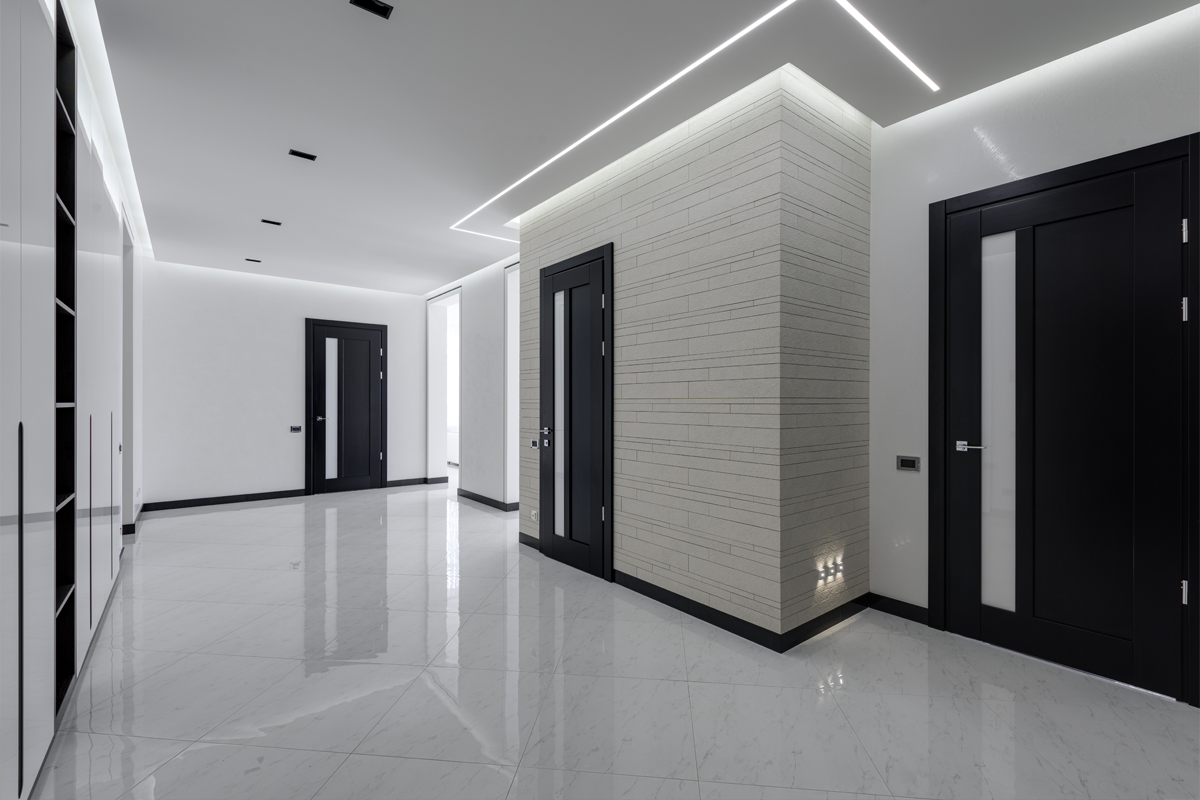
12 Jan 2022
By Michelle Glancy, Marketing Assistant at DARe-me Consulting Engineers.
Power over Ethernet (PoE) lighting offers a solution to the growing demand for intelligent buildings.
What is Power over Ethernet Lighting?
A Power over Ethernet (PoE) system uses low voltage cabling to power and control lighting. Sensors are embedded within the lighting which collect data relating to aspects including temperature, movement and energy consumption. For example, motion sensors identify the presence of individuals and can signal networks to switch off when a building is vacant. Data gathered can later be reviewed and analysed.
Power over Ethernet vs 'Traditional' Lighting
Given lighting accounts for approximately 19% of global energy use, the need for energy efficient lighting solutions is obvious.
The benefits of LED lighting are readily recognised, with LEDS being widely utilised by many buildings. LEDs deliver high optical performance with low energy consumption. Many LEDS have a 50,000-hour expected lifespan, which in some instances can extend to 120,000-hours with dimming in the right environment. With a long lifetime, LED lighting is a low-maintenance and sustainable option.
Despite the abundance of benefits associated with LED lighting, installations commonly still use high voltage cables to supply the lights with power. Additionally, there are issues with the driver reliability. Each light has an individual driver which requires regular replacement and maintenance, and this can be expensive.
Power over Ethernet offers a low voltage alternative to current LED lighting installation and control issues. These remove the need for a driver at every LED light, instead replacing it with centralised drivers and power is supplied via a single voltage cable.
What are the Advantages?
Is PoE Lighting Cost-Effective?
Power over Ethernet lighting is an inexpensive system. While initial driver costs can be large, these are offset by low installation costs and operational savings. The large number of lights required within a commercial building means this lighting solution can achieve significant cost savings compared to traditional electrical lighting installation and has been estimated to result in capital expenditure savings of £15 per square meter.
Low voltage cables can be installed in the early stages of a project, preventing costly delays occurring. Additionally, the low energy use of PoE systems using LED lights results in significant cost savings.
Summary
PoE lighting offers a solution to the growing demand for intelligent, energy efficient buildings. This cost-effective and reliable lighting solution helps businesses meet sustainability targets and lower a building's energy consumption while its low voltage cabling makes it highly popular for commercial buildings. Centralised drivers can result in large savings and provide a basis for future smart building upgrades.
Contact DARe-me Consulting Engineers today to find out how our team can design a Power over Ethernet lighting system for your building.